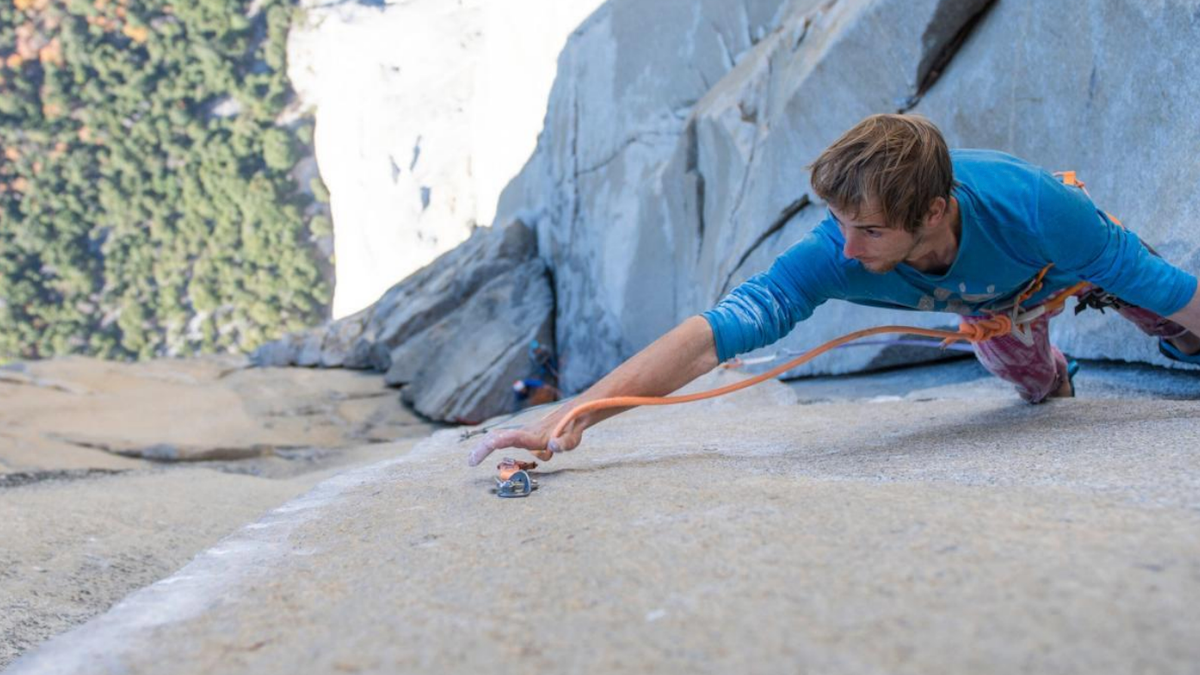

The federal government invited the public to comment on two proposed rule changes to regulate how climbers use and install fixed anchors to rock walls in wilderness areas on federal land.
Videos by Outdoors
While proponents say the rules will help protect treasured cultural resources and bird nesting, critics argue they would prohibit climbing on thousands of routes in popular areas like the famous El Capitan in Yosemite and make the sport less safe in national forests and parks.
What the proposed rules will do
The rules and commenting periods were announced in a joint statement last week by the U.S. Forest Service and the National Park Service. Together, they say that climbing is an appropriate use of public lands but should be managed in a way that protects resources.
Forest Chief Randy Moore said the proposal by the Forest Service, which is structured under the Department of Agriculture, would support “world-class climbing opportunities” and protect “resources for future generations.”
According to the Forest Service’s draft, the rule would allow land managers to create site-specific plans for climbing on Congressionally designated wilderness areas.
NPS Director Chuck Sams explained that the proposal by his agency, which is organized under the Department of Interior, will “provide a consistent process for installing new or replacing existing fixed anchors.”
In the draft, NPS outlines processes for managing existing and new climbing routes, and determining “ what level of fixed anchor use best preserves the totality of wilderness character while taking account of human safety concerns.”
Critics say they don’t need the rules
The Access Fund, an advocacy group that fights for legal and physical access to climbing areas, has been joined by dozens of other outdoor organizations to say that the proposed rules would “overturn decades of precedent” by classifying fixed anchors like bolts, pitons, and slings as prohibited installations in wilderness areas.
“Implementing these policies could jeopardize the safety of climbers around the country by deeming standard climbing practices in Wilderness as fundamentally prohibited until granted specific exceptions at each of the thousands of Wilderness crags that climbers love,” said Erik Murdock, interim executive director of the Access Fund.
The organizations argue that the changes would create unnecessary burdens for the types of climbers who climb in wilderness areas because they’re already good stewards of nature.
“Learning how to interact with the natural environment in a safe and sustainable manner lays the foundation for a lifetime of outdoor stewardship, advocacy, and adventure,” said Tom Vogl, the chief executive of The Mountaineers, a climbing and conservation non-profit. Vogl added that he thinks the policies would also “weaken the conservation movement to protect public lands.”
The groups also make a financial argument, saying that climbing has a $10.2 billion economic impact around the nation. For guiding companies and local outfitters, which tend to be small businesses in rural communities, the rules could be devastating.
“The reality is local recreation staff are already at capacity so it is hard to see how adding additional responsibilities and administrative hurdles would work on the ground while ensuring local guides and outfitters, nonprofits, and land managers can continue to secure the safety and enjoyment of climbers,” said Jessica (Wahl) Turner, president of the Outdoor Recreation Roundtable, which represents a number of outdoors business groups.
They counter the proposals by advocating for bipartisan legislation that’s already been filed in Congress. They argue the Protecting America’s Rock Climbing Act (PARC) and America’s Outdoor Recreation Act would create national climbing management guidelines that protect “sustainable access to Wilderness climbing” rather than limit it.
Supporters say the change is long overdue
The National Park Conservation Association, a 100-year-old organization that lobbies for national parks, argued that the guidance is not just necessary but it’s long overdue because rock climbing has grown in popularity throughout the country and climbers are drawn to iconic climbing sites, which are in designated wilderness areas.
Kristen Brengel, NPCA senior vice president of government affairs, also called the proposal “a critical step to reaffirm the Wilderness Act,” which is a 1964 law that permits agencies tasked with managing public lands to “preserve wilderness character.”
“For generations, we’ve agreed that some places are so special that their remoteness, wildlife, and natural and cultural resources should be preserved for visitors to enjoy,” Brengel said. “These are the places that receive the highest level of protection from Congress as wilderness.”
The group added that the guidance “specifies that low-density fixed anchors … are the best way to protect resources while ensuring safety in wilderness.”
The rule-making process
The commenting period for the proposed rules opened alongside their announcement. While the public has 60 days to submit their comments, the full timeline of the rule change is less precise.
According to the Federal Register, the rule-making agency can extend commenting if it’s dissatisfied with the volume or quality of the comments. Then, there’s no timeline from when the commenting period closes and publishing the final rule. Once a final rule is drafted, though, it will go into effect 30 days after it’s published.
The commenting period for both proposals — the Forest Service Proposal and the NPS Proposal — will be open until Jan. 16, 2024, at 11:59:59 p.m. Eastern Standard Time.
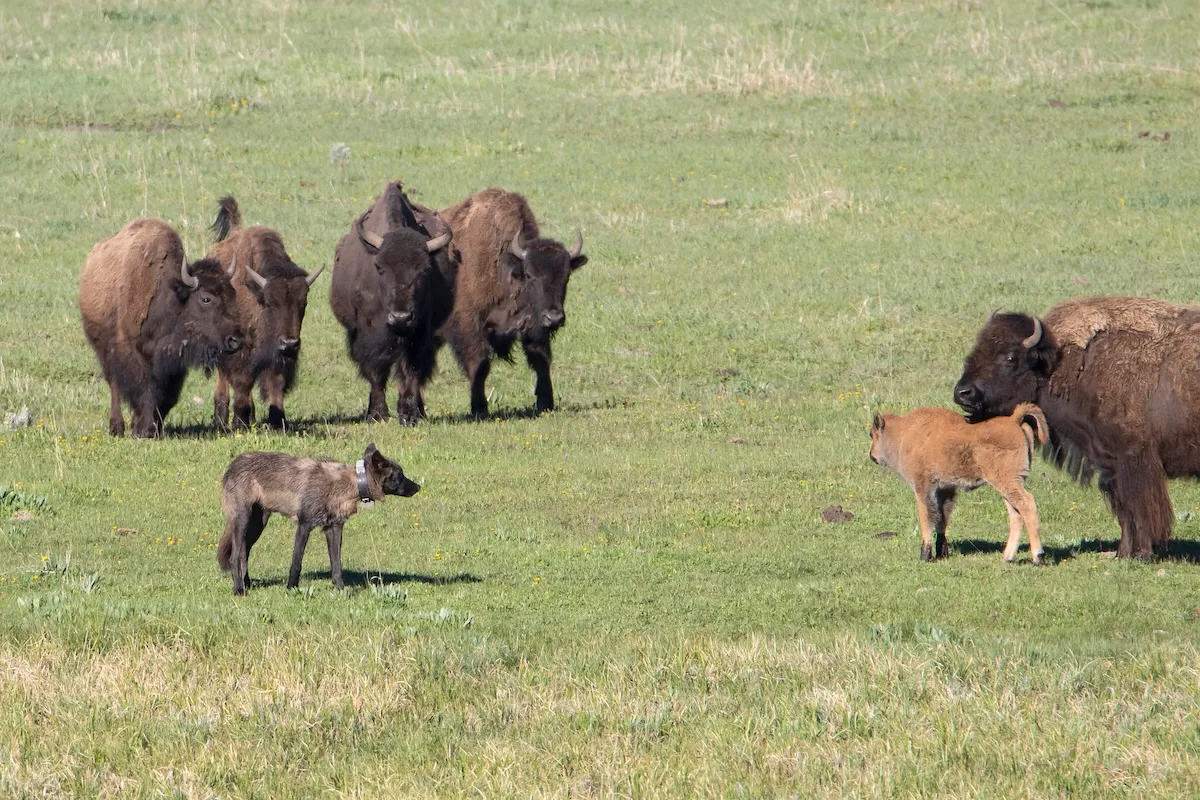
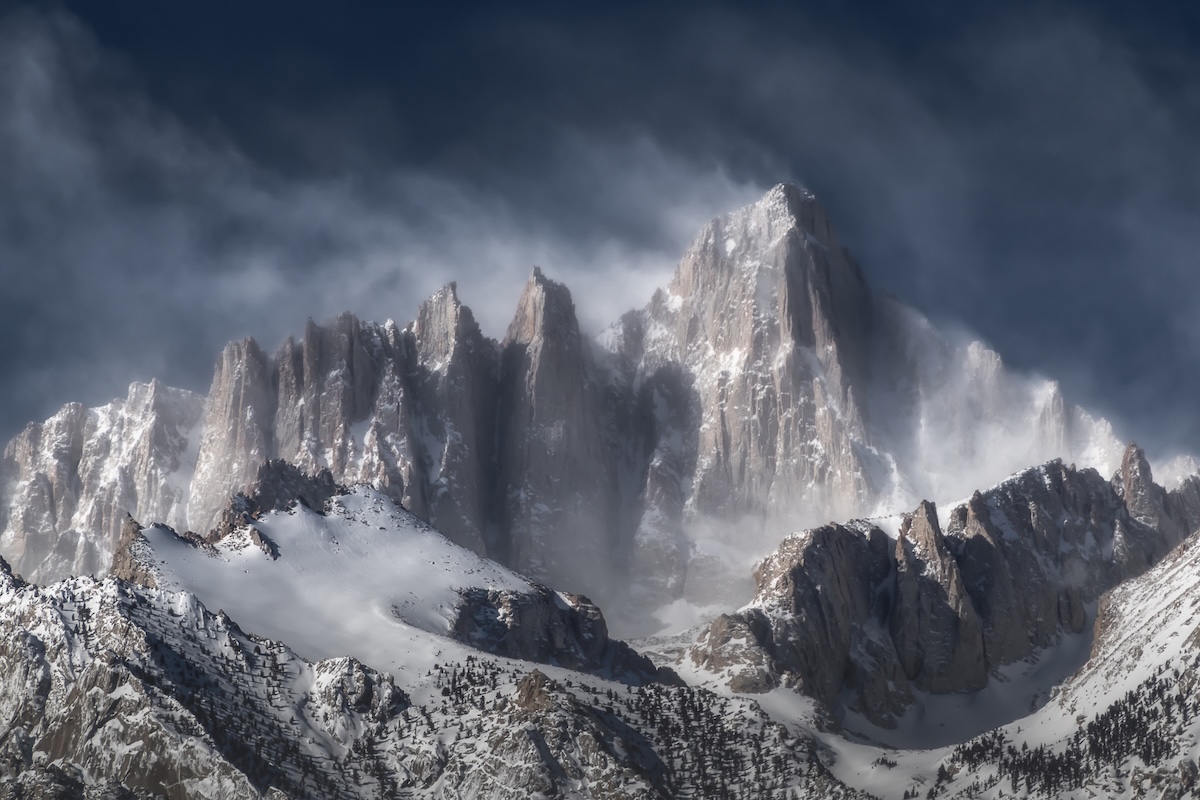

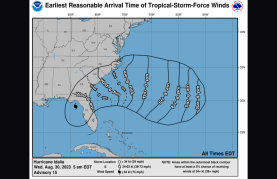
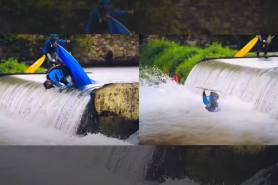
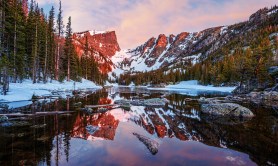
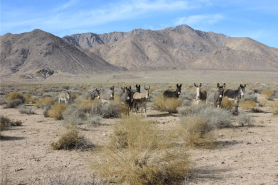



Not every single crag in America needs climbing gear bolted to it. End of discussion. The story says climbers are all good stewards of nature but we all know that isn’t true and we have all read story’s of people installing gear where they shouldn’t. There has to be middle ground.
They aren’t just talking about bolts. Under these proposals, we can’t safely rappel an alpine route and leave a sling without breaking the law. It would be one thing if they were proposing some limitations of face bolting but it goes way beyond that.